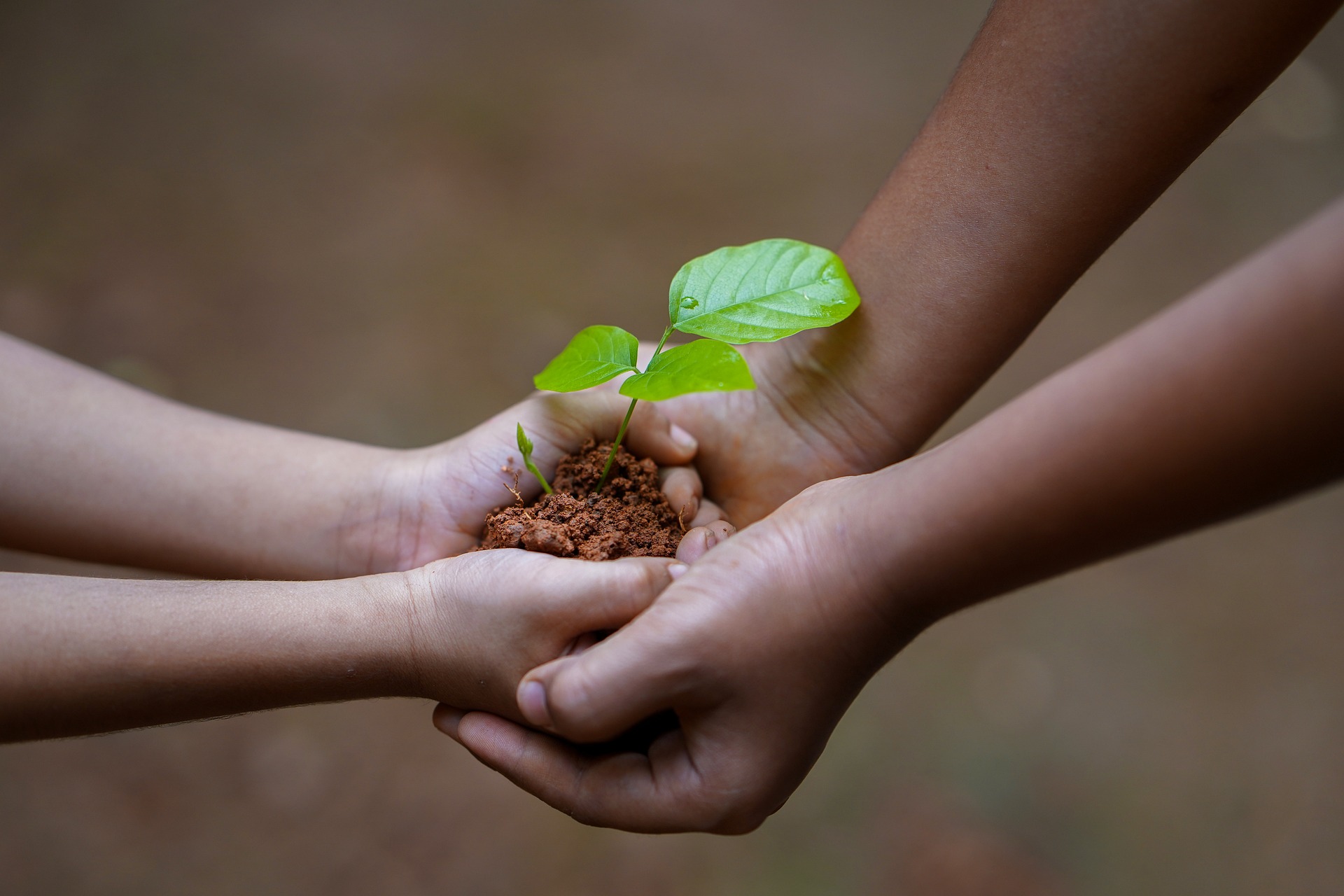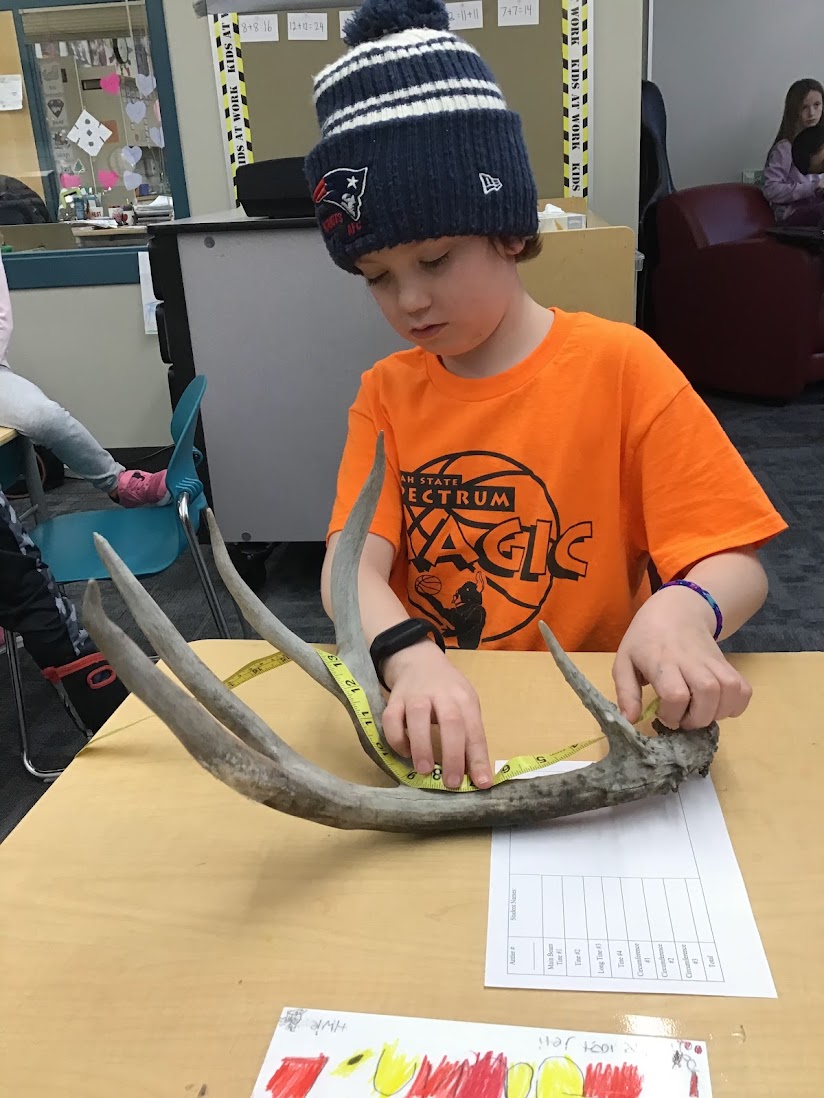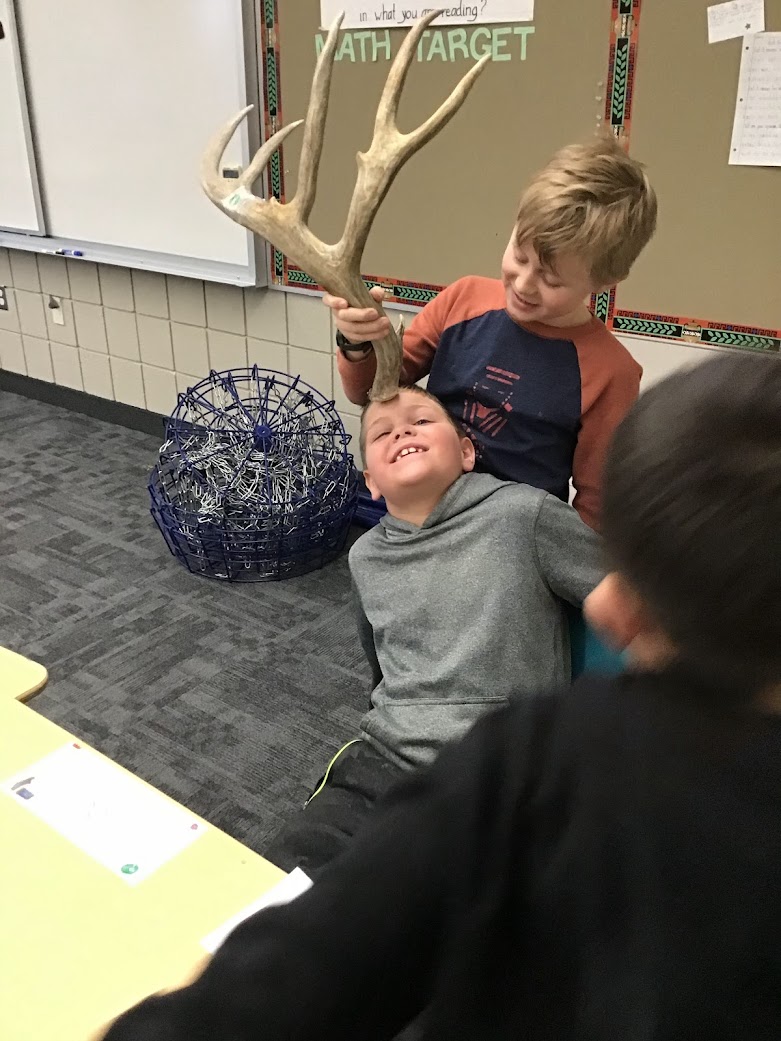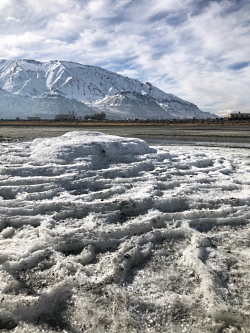
in the Great Salt Lake
Courtesy & © Mary Heers, Photographer
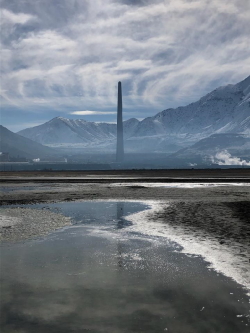
Courtesy & © Mary Heers, Phorographer
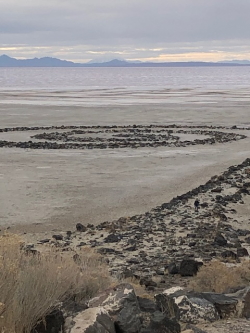
Courtesy & © Mary Heers, Photographer
Suddenly I wanted to see the jetty again, so I hopped in my car and drove to the remote site. I saw the Spiral Jetty was now high and dry. Drifting sand had already started to bury parts of it. The water’s edge was now over 300 yards away. I thought of the millions of migratory birds that would be arriving in the spring to rest and feast on the tiny treasures of the lake, the brine shrimp. I hoped a smaller lake would still be enough for all of them.
The recent words of the director of Friends of the Great Salt Lake, Lynn de Freitas, rang in my head: “The Great Salt Lake is a gift that keeps on giving. Just add water.”
This is Mary Heers and I’m Wild About Utah.
Credits:
Photos: Courtesy & Copyright Mary Heers, Photographer
Featured Audio: Courtesy and Copyright Kevin Colver https://wildstore.wildsanctuary.com/collections/special-collections/kevin-colver
Text & Voice: Mary Heers, Generous Contributor, Utah Public Radio
Additional Reading: Lyle Bingham, Webmaster Bridgerland Audubon Society
Additional Reading
Mirabilite Spring Mounds Near Great Salt Lake Marina, Utah Geological Survey (UGS), Utah Department of Natural Resources, https://geology.utah.gov/popular/general-geology/great-salt-lake/mirabilite-spring-mounds/
Mirabilite, Mindat.org, Hudson Institute of Mineralogy, https://www.mindat.org/min-2725.html
Tabin, Sara, Rare salt formations return to Great Salt Lake’s shores; take a tour while they last, The Salt Lake Tribune, Jan. 13, 2021, https://www.sltrib.com/news/2021/01/14/rare-salt-formations/
USGS 412613112400801 The Great Salt Lake at Spiral Jetty, Site Map for the Nation, U.S. Geological Survey(USGS), U.S. Department of the Interior, https://waterdata.usgs.gov/nwis/nwismap/?site_no=412613112400801&agency_cd=USGS
Case, William, GEOSIGHTS: PINK WATER, WHITE SALT CRYSTALS, BLACK BOULDERS, AND THE RETURN OF SPIRAL JETTY!, Survey Notes, v. 35 no. 1, Utah Geological Survey (UGS), Utah Department of Natural Resources, January 2003, https://geology.utah.gov/map-pub/survey-notes/geosights/spiral-jetty/
Board & Staff, Friends of the Great Salt Lake, https://www.fogsl.org/about/board-staff
Salt Lake Brine Shrimp, https://saltlakebrineshrimp.com/harvest/

